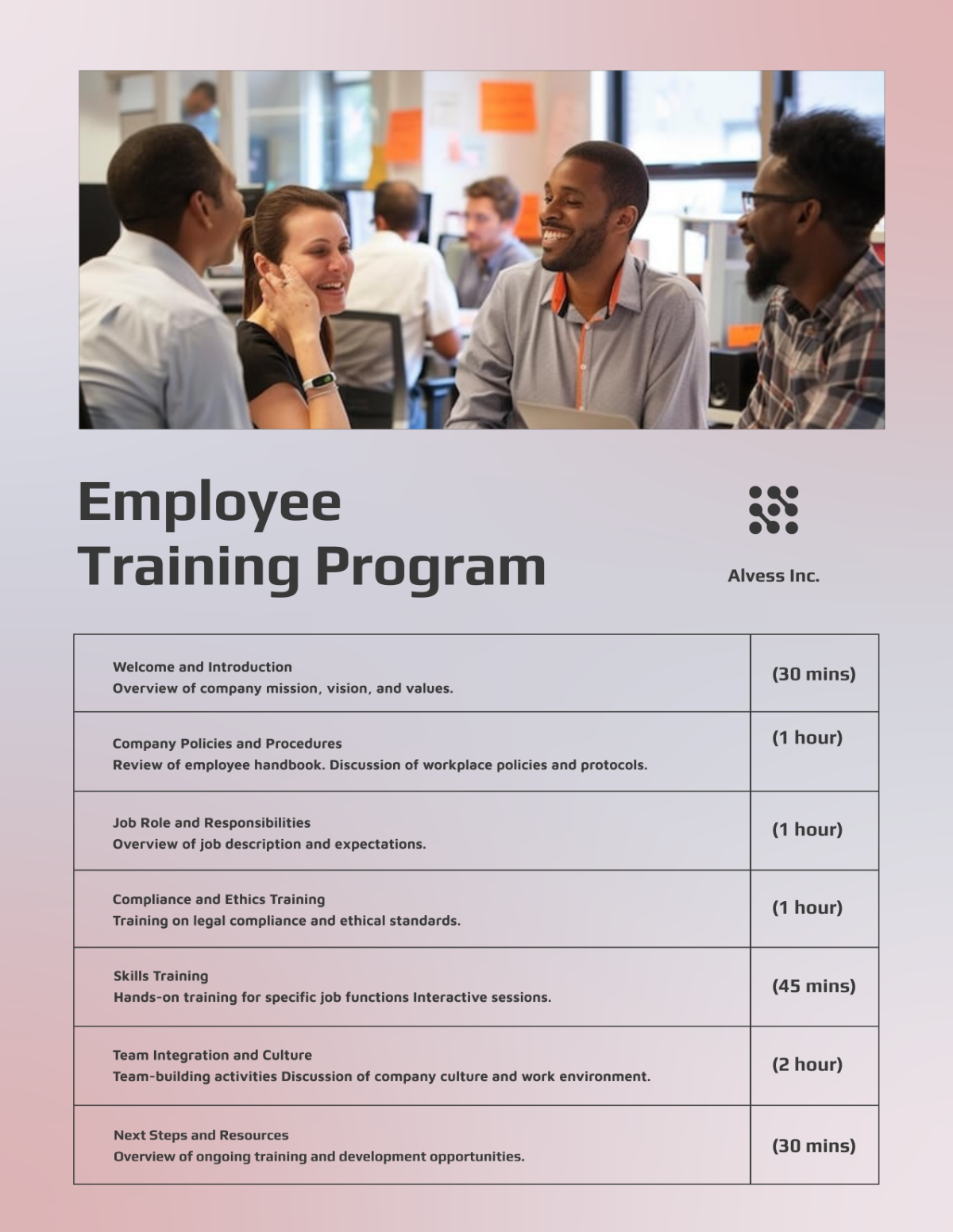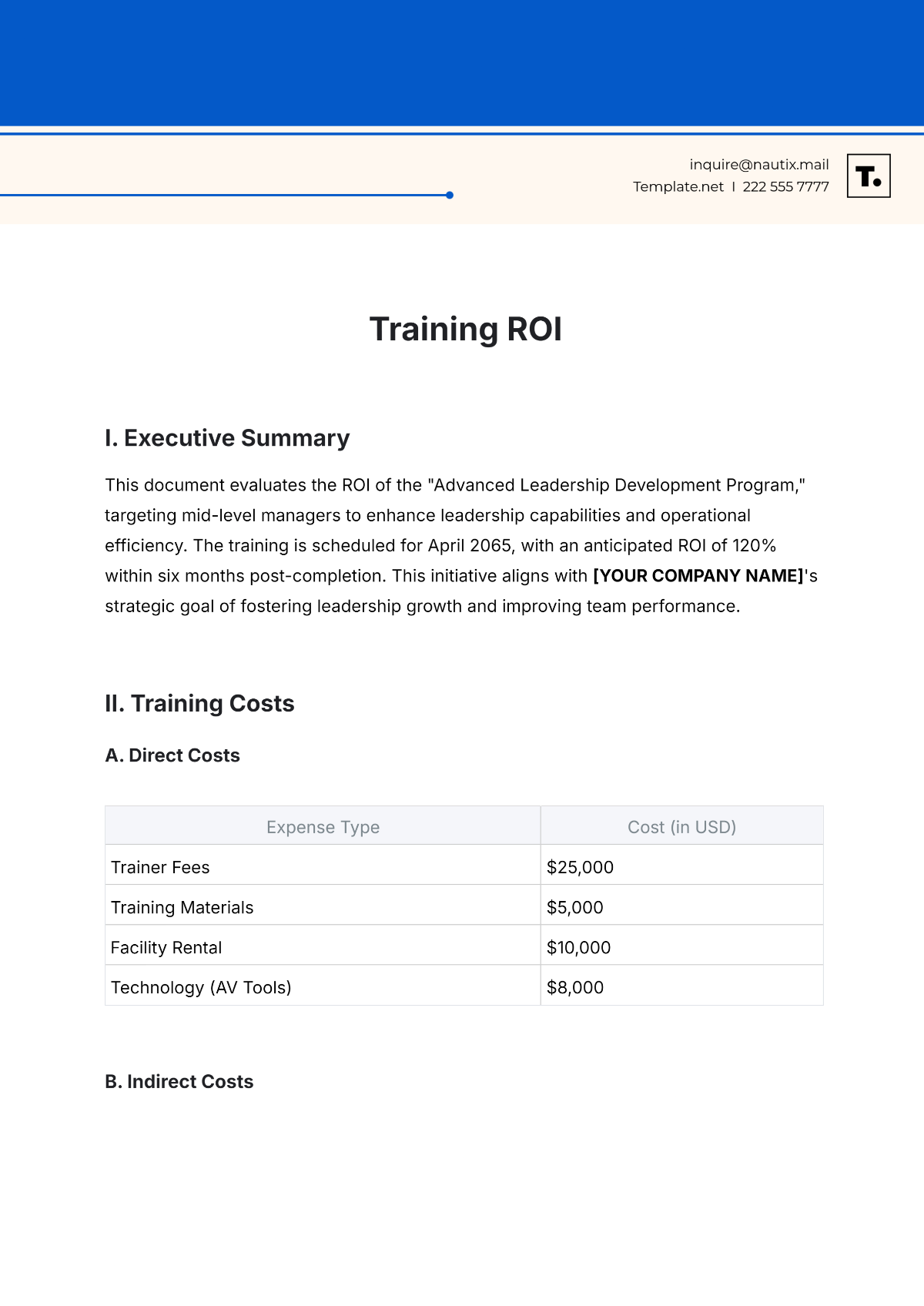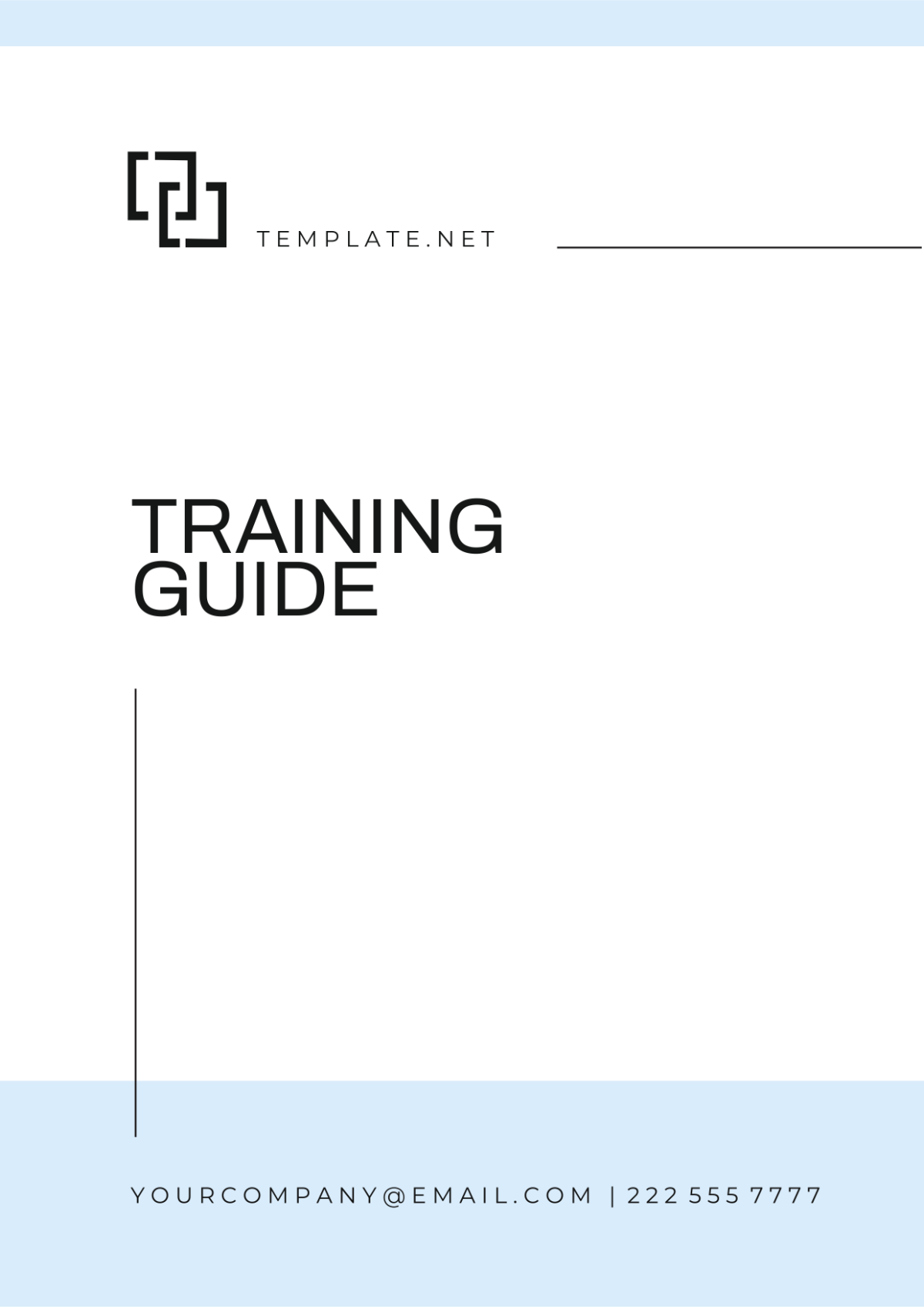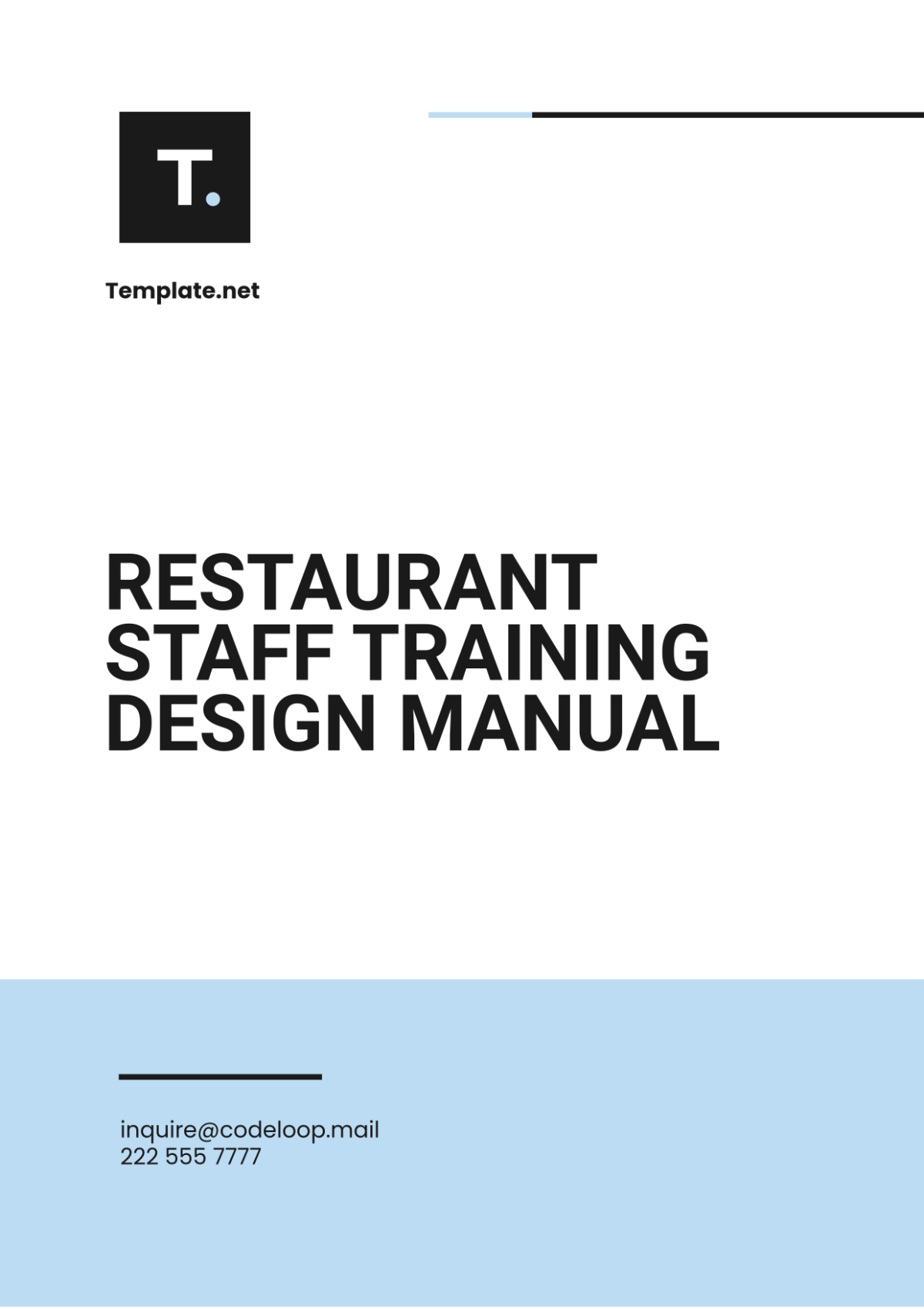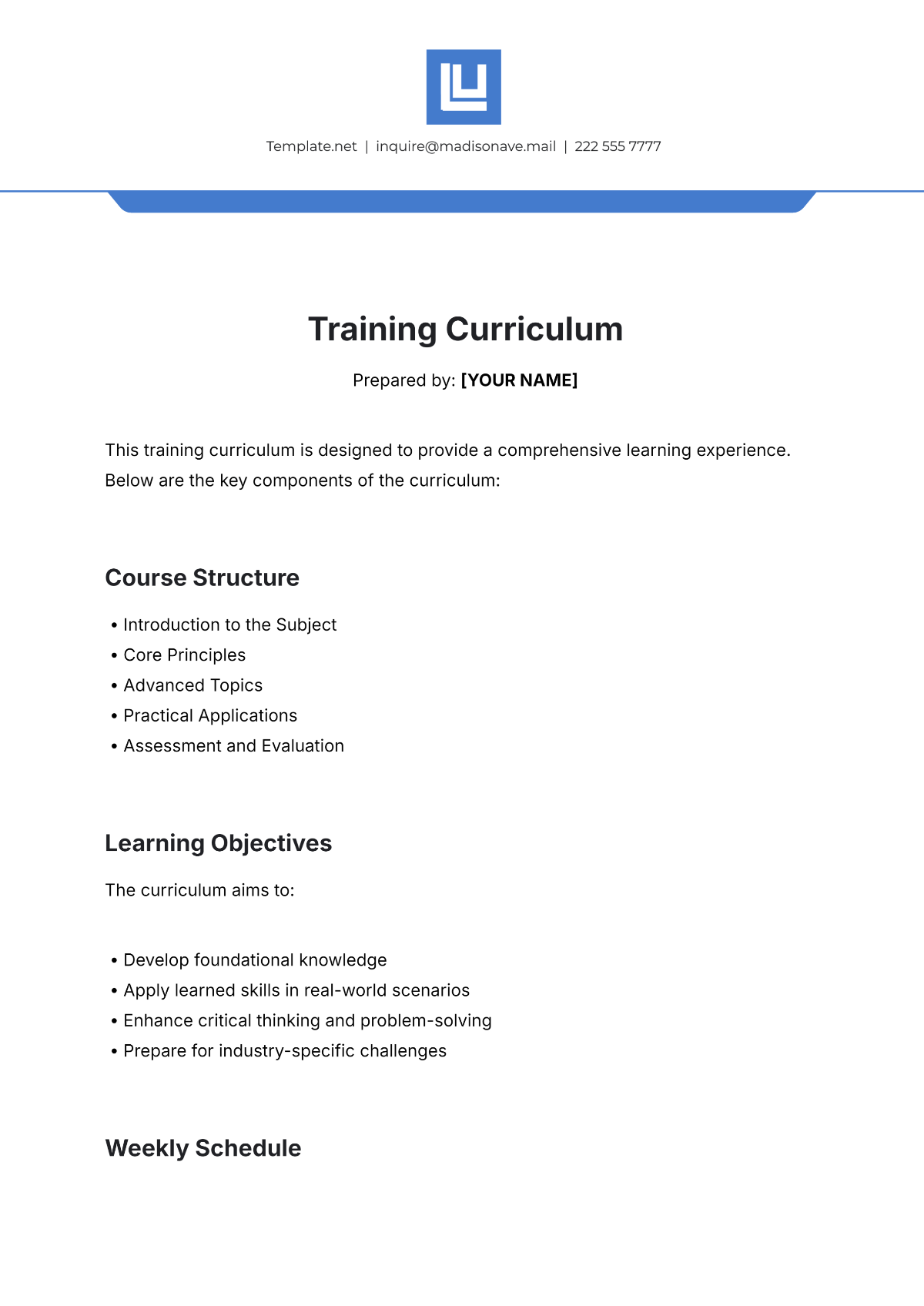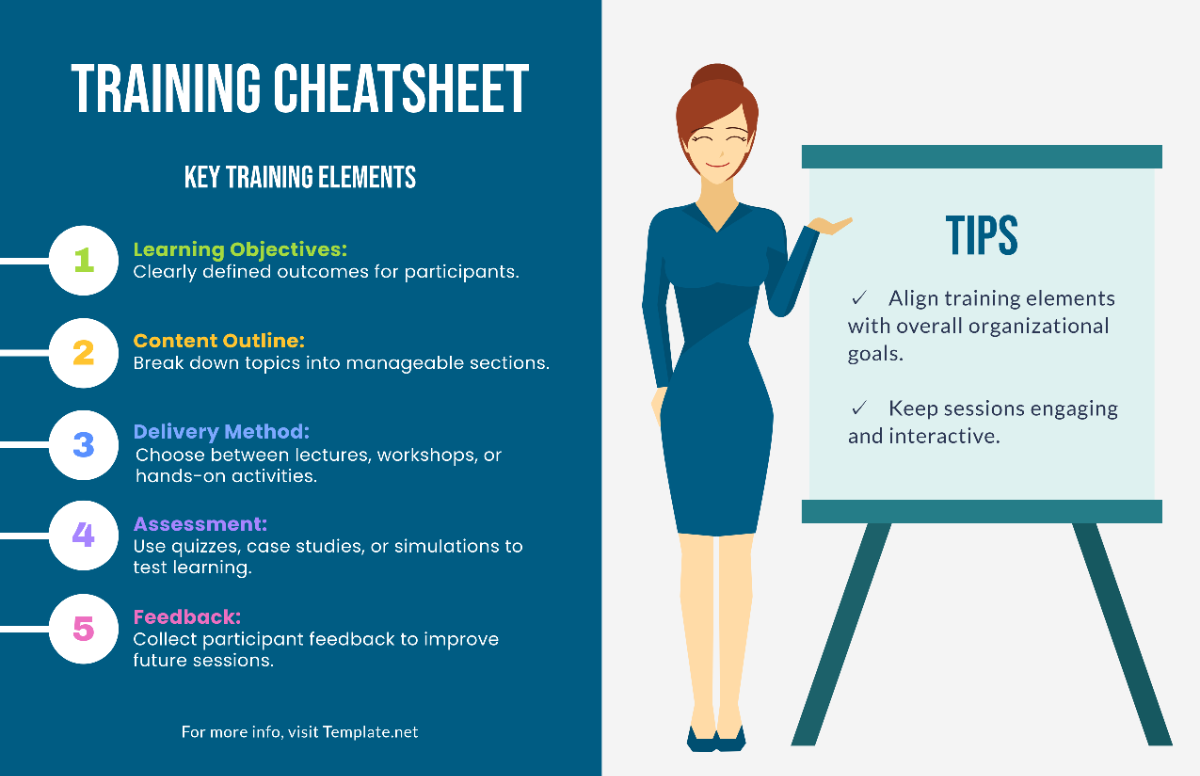Training Protocol
Name | [Your Name] |
Company Name | [Your Company Name] |
Department | Sales Department |
Date | [Date] |
1. Introduction
This Training Protocol aims to enhance the customer service skills of employees within the organization, ensuring consistent delivery of exceptional service to customers. By adhering to this protocol, trainers can effectively impart the necessary knowledge and skills to empower employees to provide outstanding customer experiences.
2. Training Goals
To improve employee understanding of the importance of customer service in organizational success.
To enhance communication and interpersonal skills necessary for effective customer interactions.
To equip employees with strategies for handling customer inquiries, complaints, and feedback professionally and efficiently.
To foster a customer-centric culture within the organization.
3. Target Audience
The target audience for the training program should be identified. This may include employees at various levels within the organization, students, or any other relevant stakeholders. Understanding the demographics, prior knowledge, and learning styles of the participants is essential for tailoring the training content and methods effectively.
4. Training Content
The training content will cover the following key areas:
Importance of customer service
Effective communication skills
Active listening techniques
Conflict resolution strategies
Handling difficult customers
Service recovery methods
Building rapport and trust
Empathy and emotional intelligence in customer interactions
5. Training Methods
A combination of interactive methods will be employed to engage participants and facilitate effective learning:
Role-playing exercises to simulate real-world customer interactions.
Case studies and scenarios to analyze and discuss common customer service challenges.
Group discussions and brainstorming sessions to share experiences and best practices.
Video demonstrations highlighting exemplary customer service practices.
Feedback and coaching sessions to provide personalized guidance and support.
6. Evaluation Criteria
Evaluation criteria will include both formative and summative assessment methods:
Pre-training and post-training assessments to measure knowledge gain and skill improvement.
Observation and feedback from trainers and peers during role-playing exercises and simulations.
Customer satisfaction surveys to gather feedback on service experiences post-training.
Performance evaluations are based on predefined customer service metrics and standards.
7. Implementation Plan
The implementation plan will include the following components:
Training schedule outlining dates, times, and durations of training sessions.
Logistics arrangements such as venue, equipment, and materials required for training delivery.
Identification of trainers and facilitators responsible for conducting the training.
Communication plan to inform participants about the training objectives, expectations, and logistics.
A contingency plan to address any unforeseen issues or disruptions during the training.
8. Conclusion
In conclusion, adherence to this Training Protocol will enable employees to elevate their customer service skills and deliver exceptional experiences to customers consistently. By investing in employee development and fostering a customer-centric culture, the organization can enhance customer satisfaction, loyalty, and retention, ultimately driving business success.
